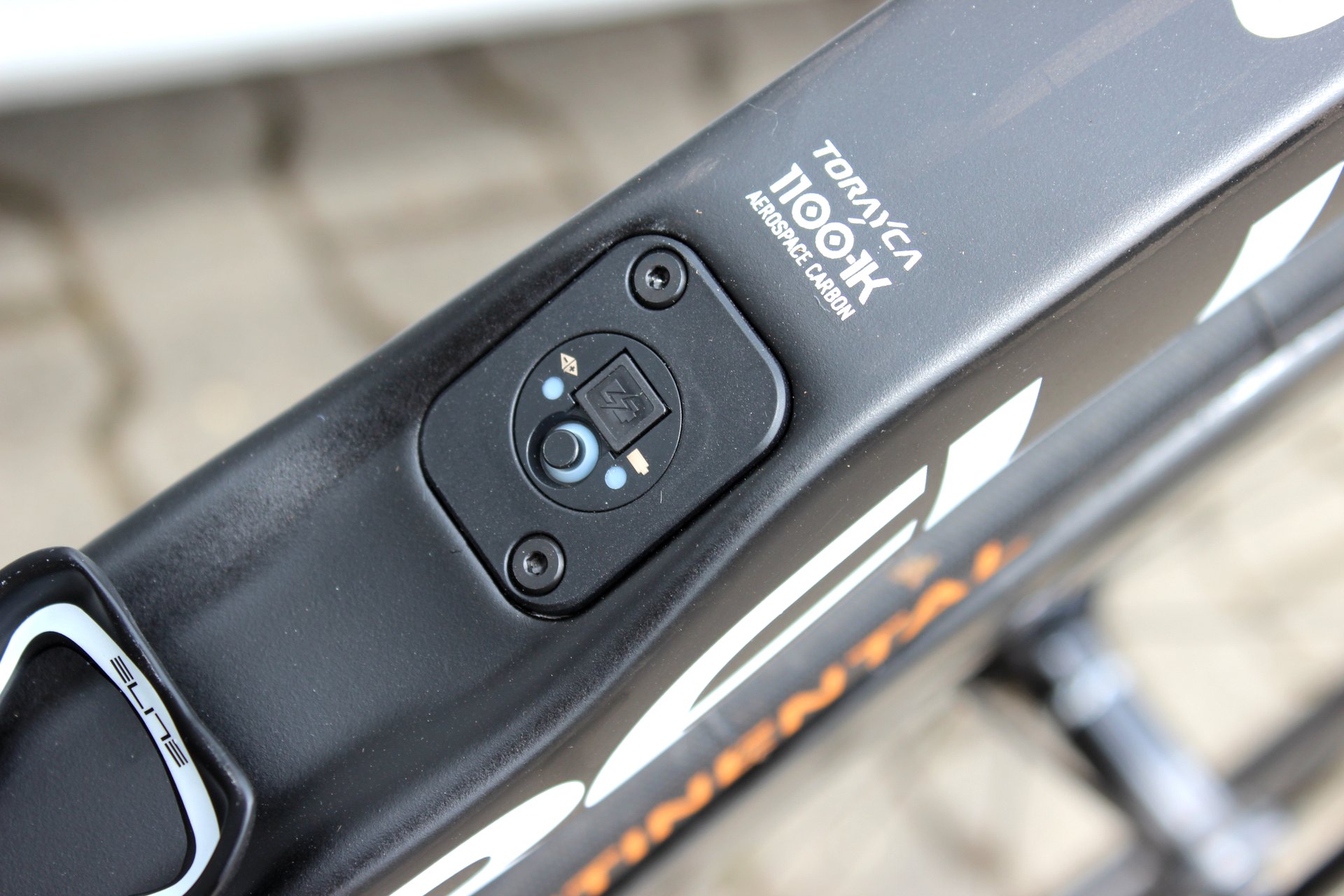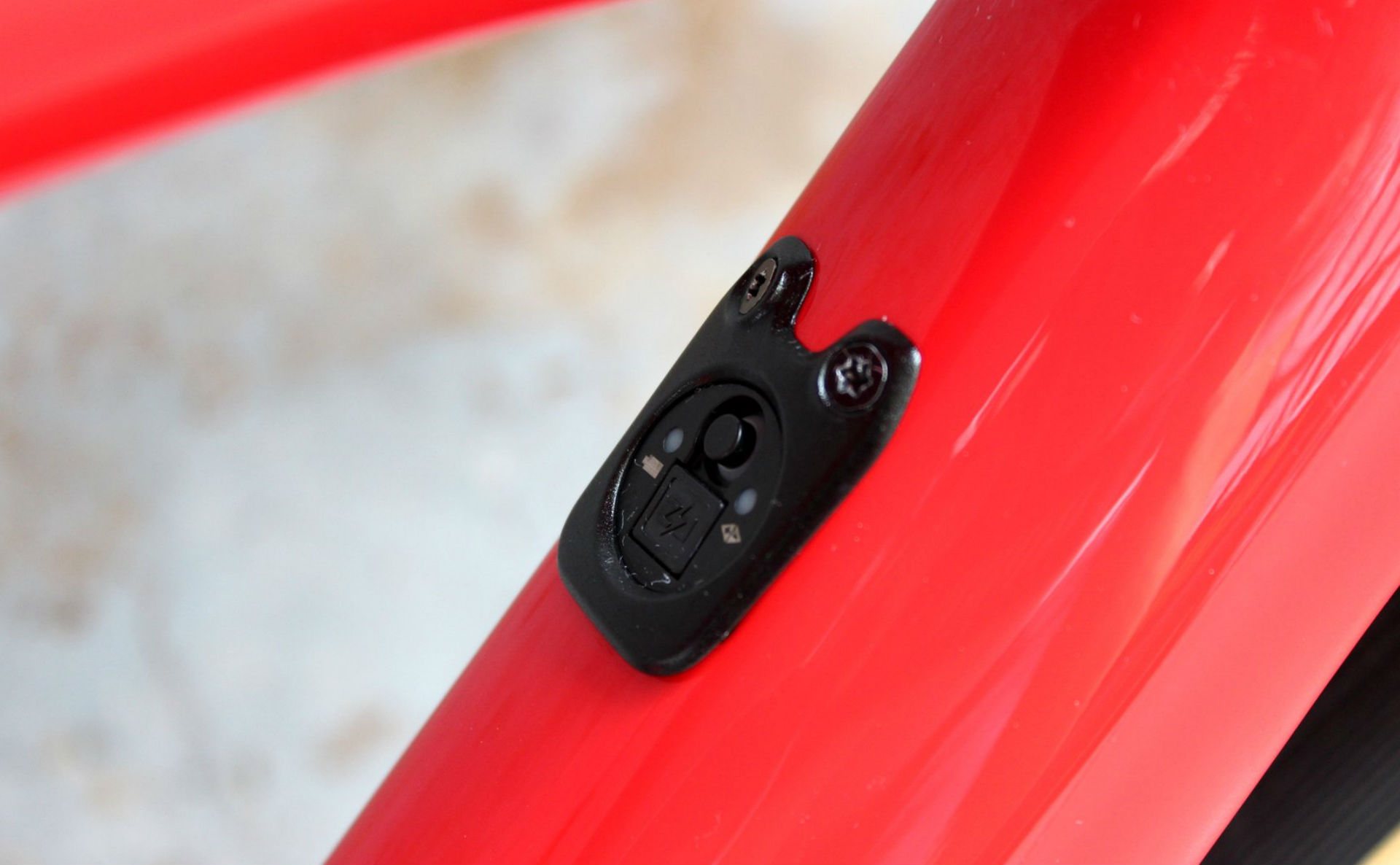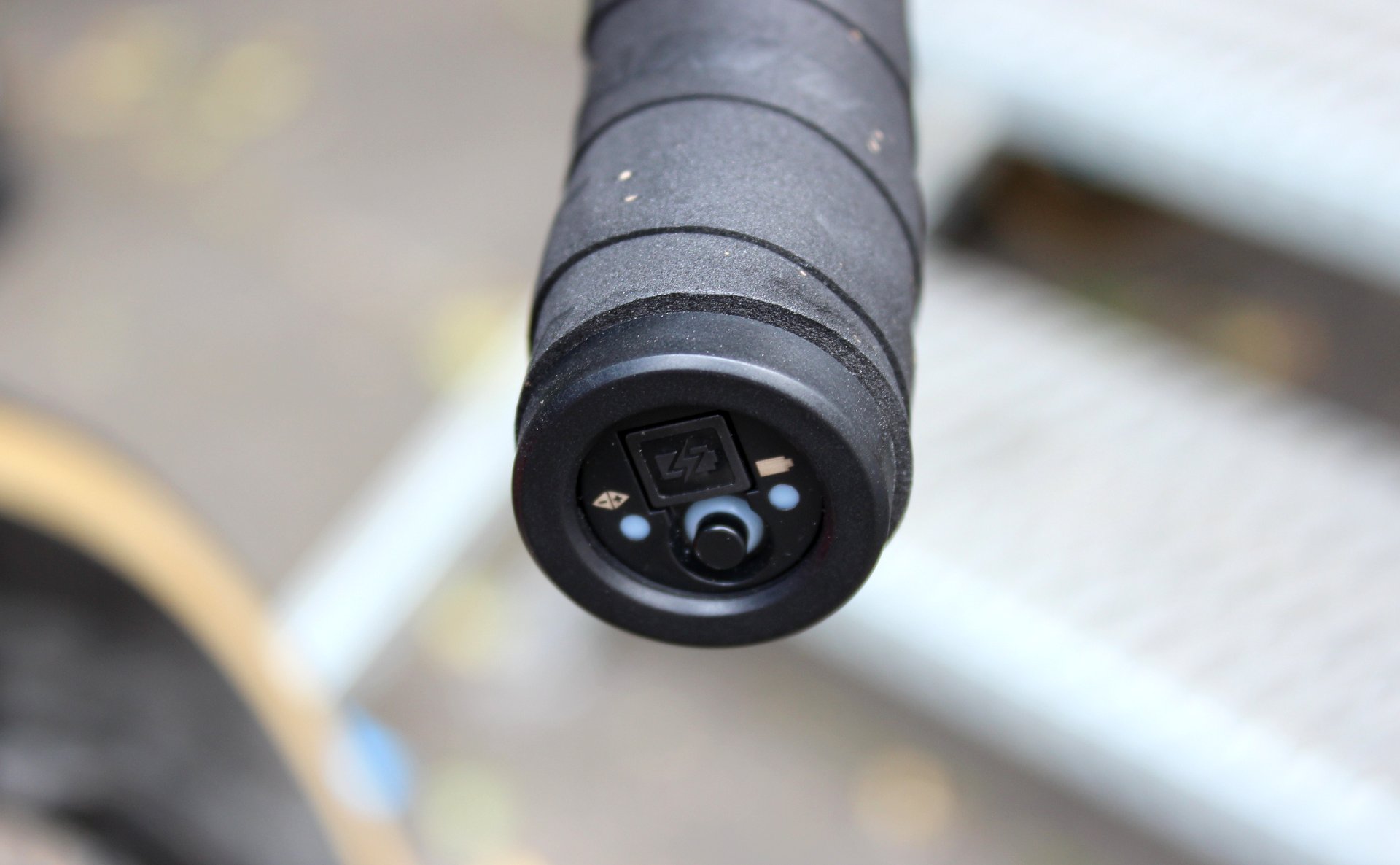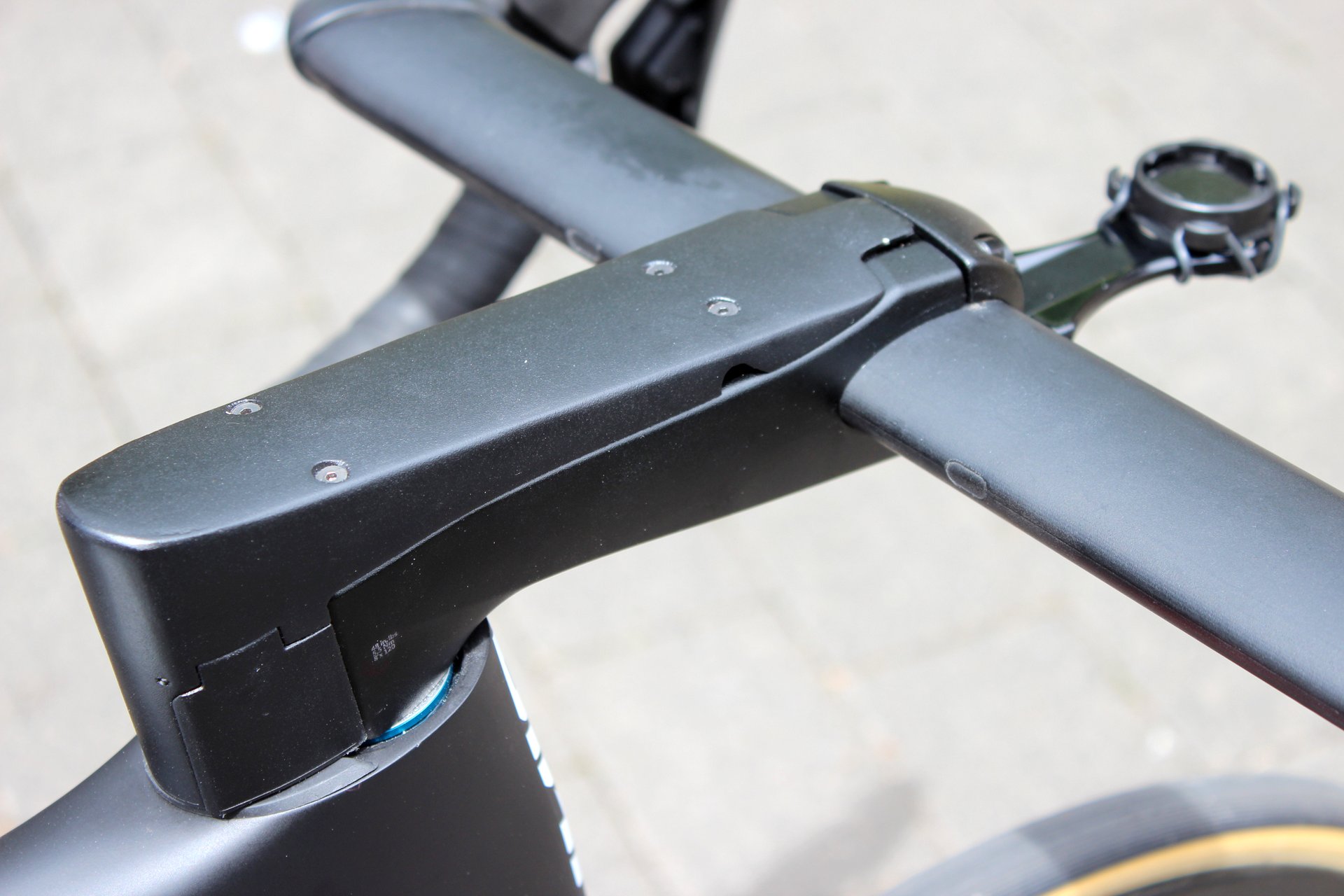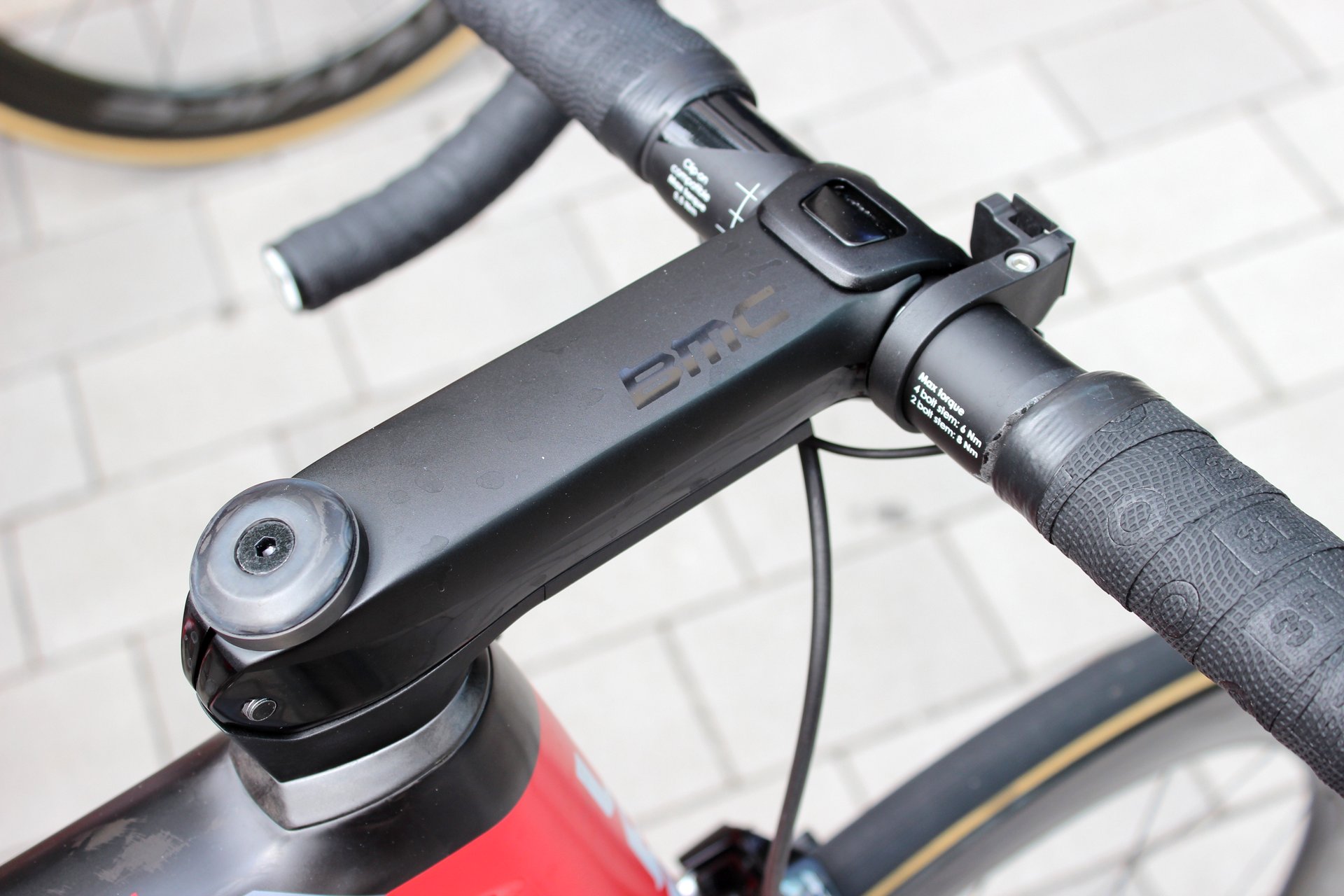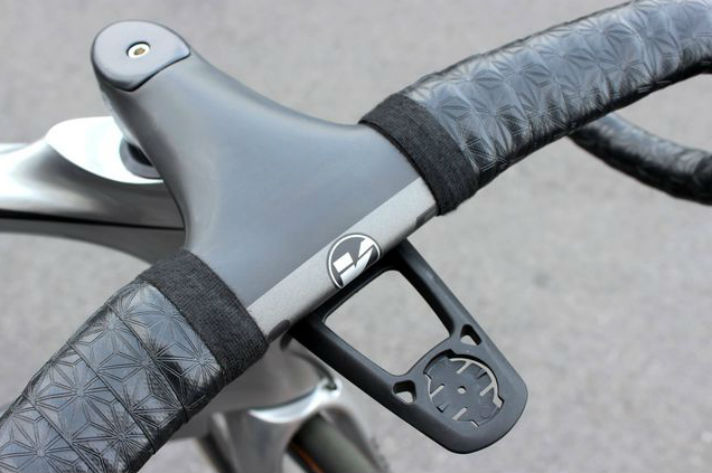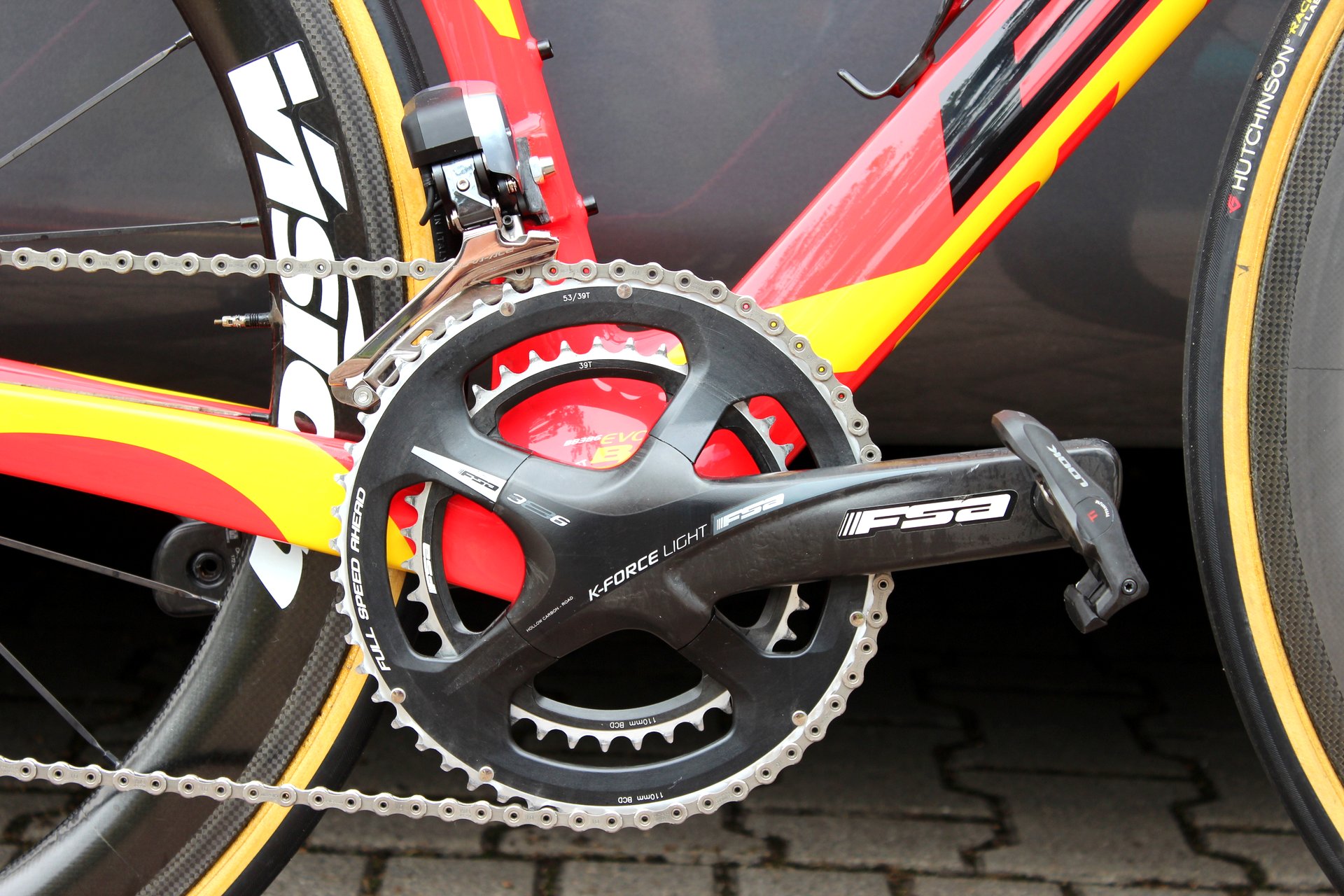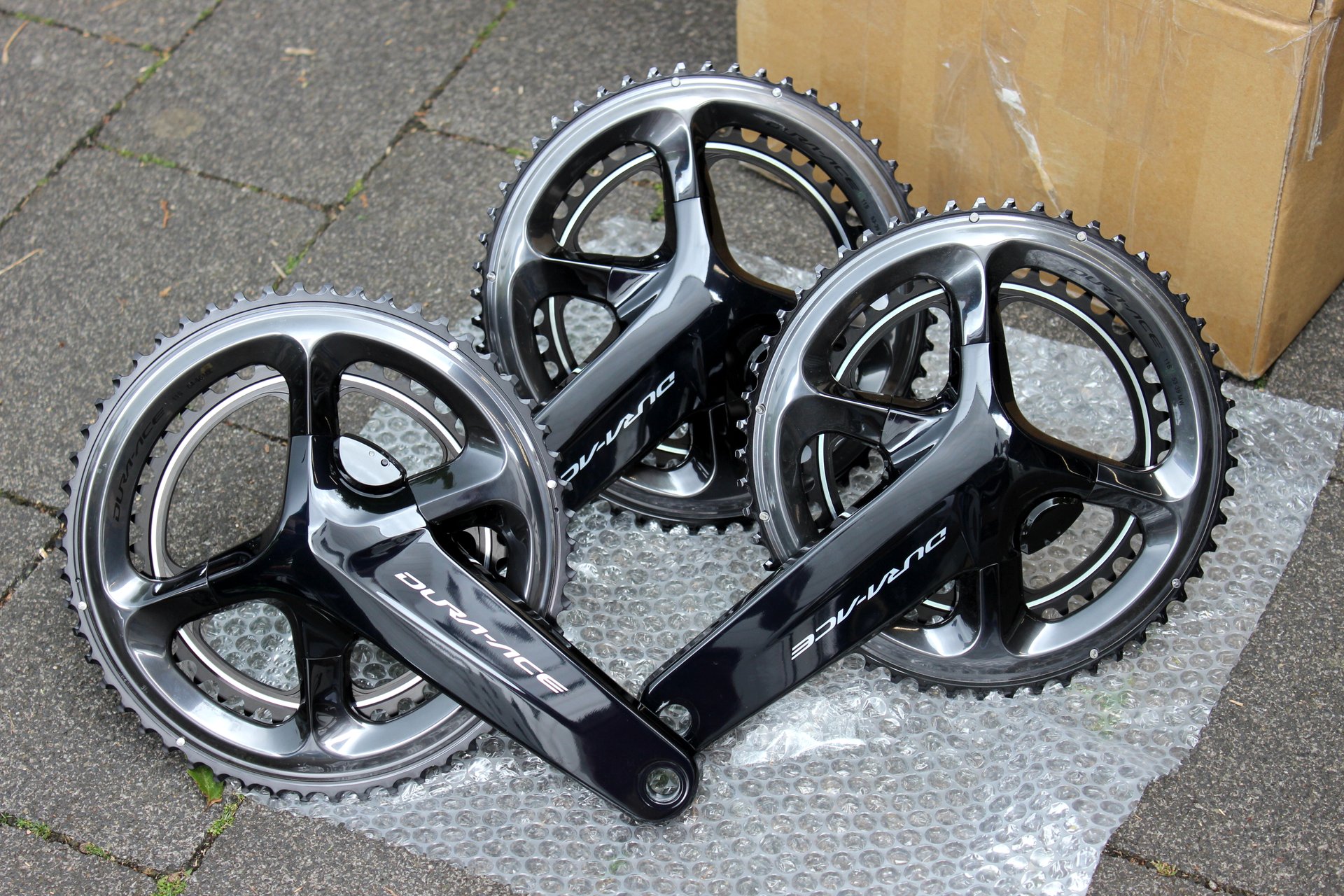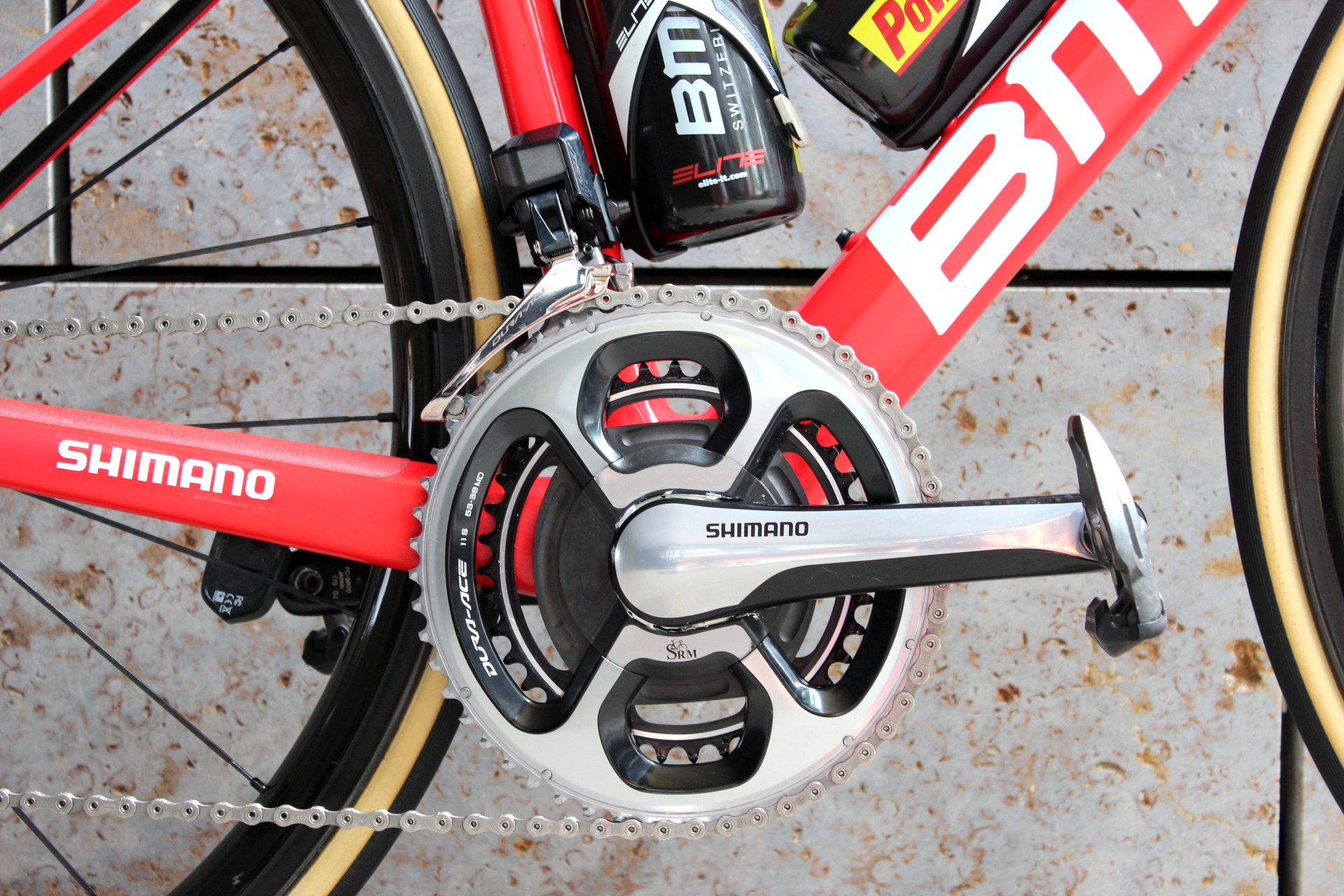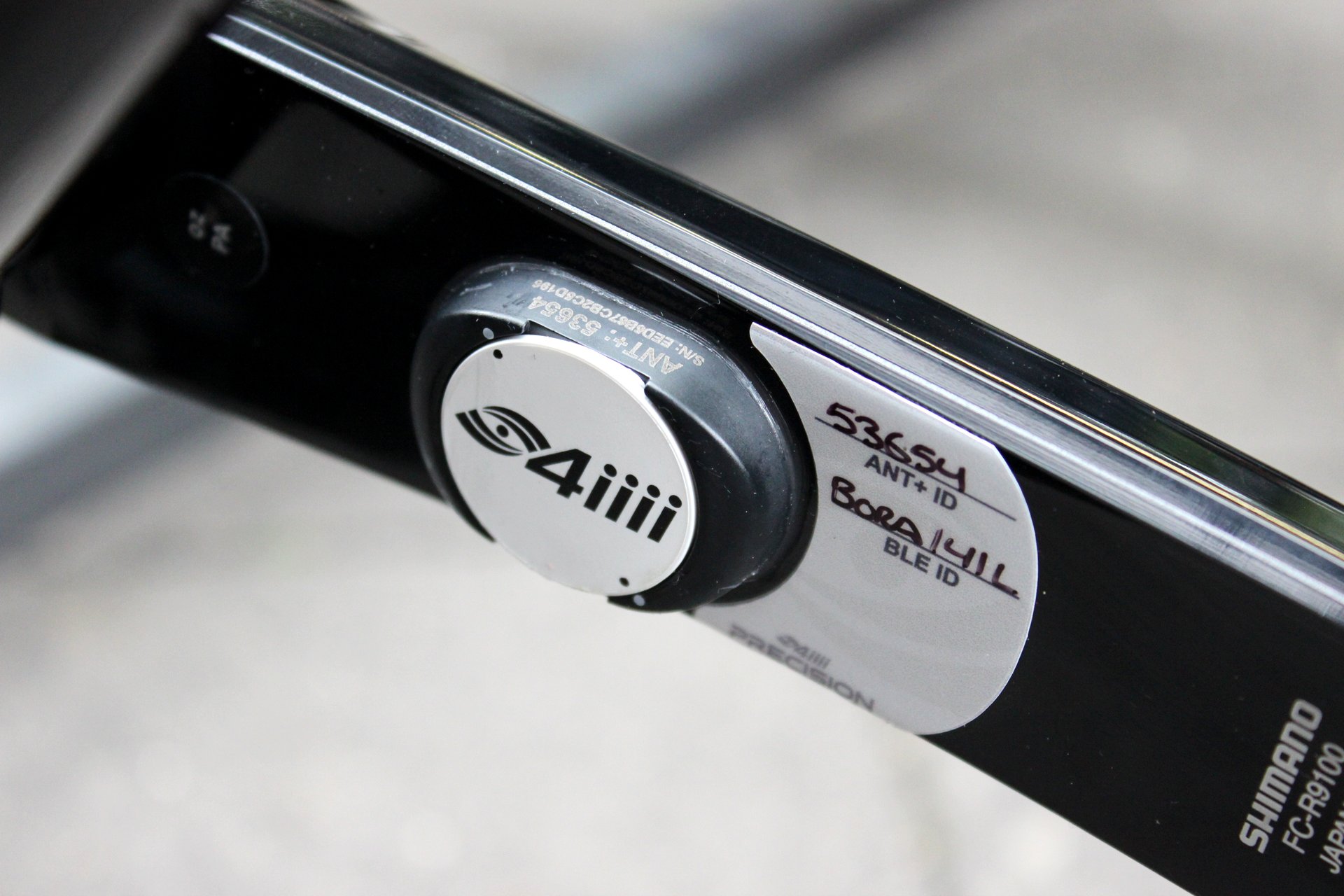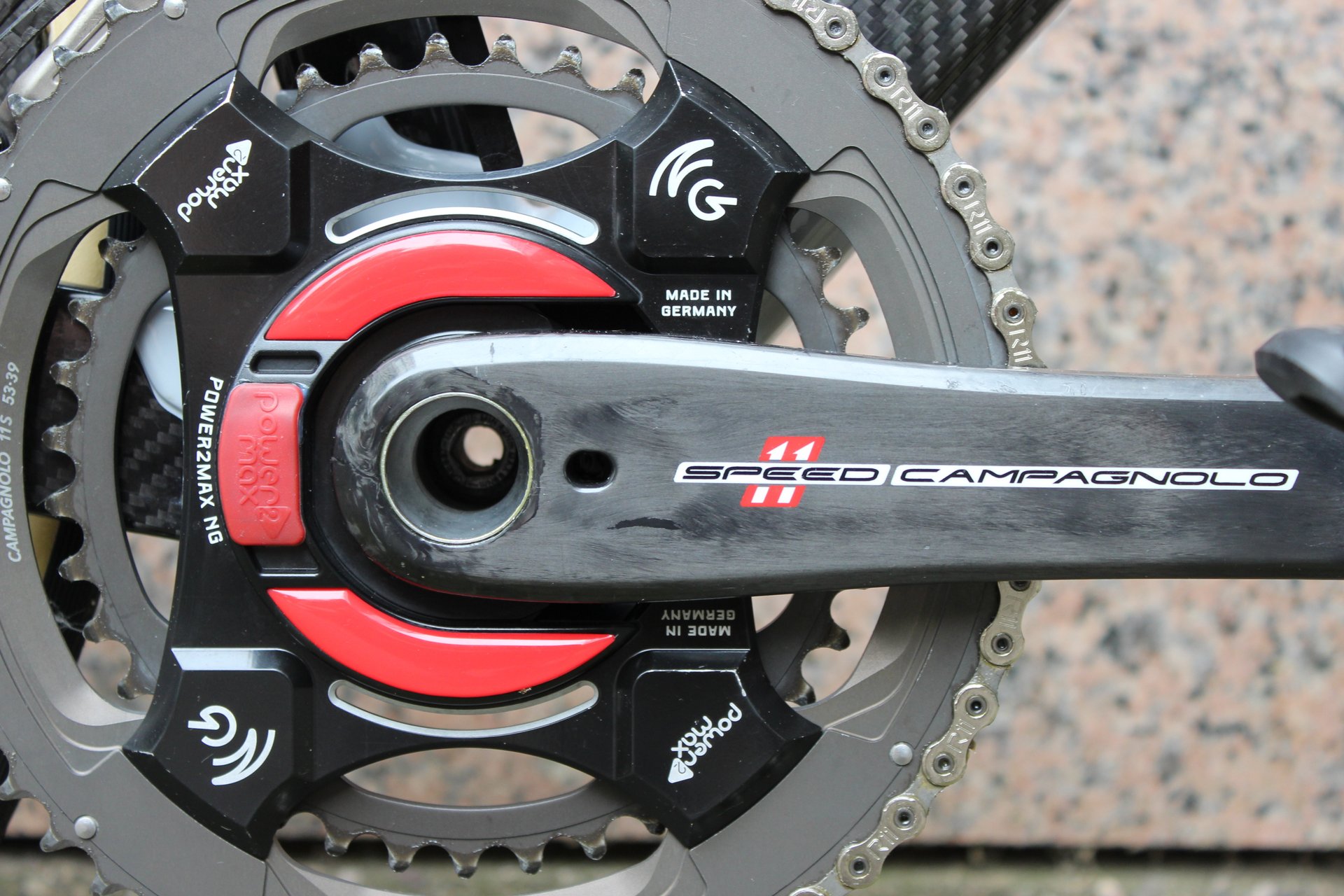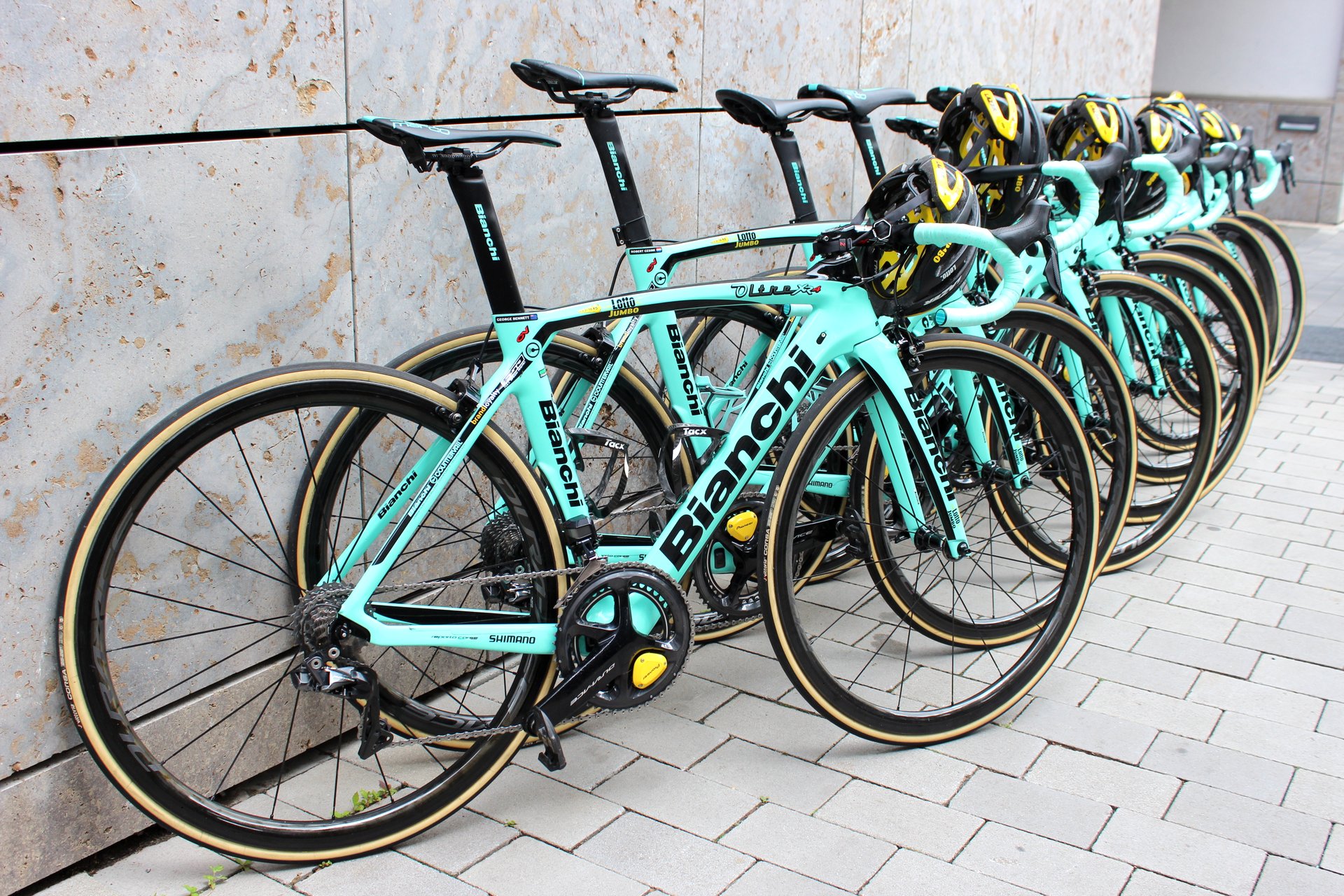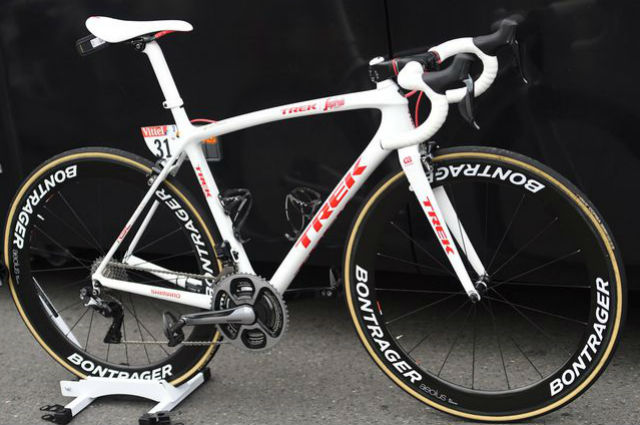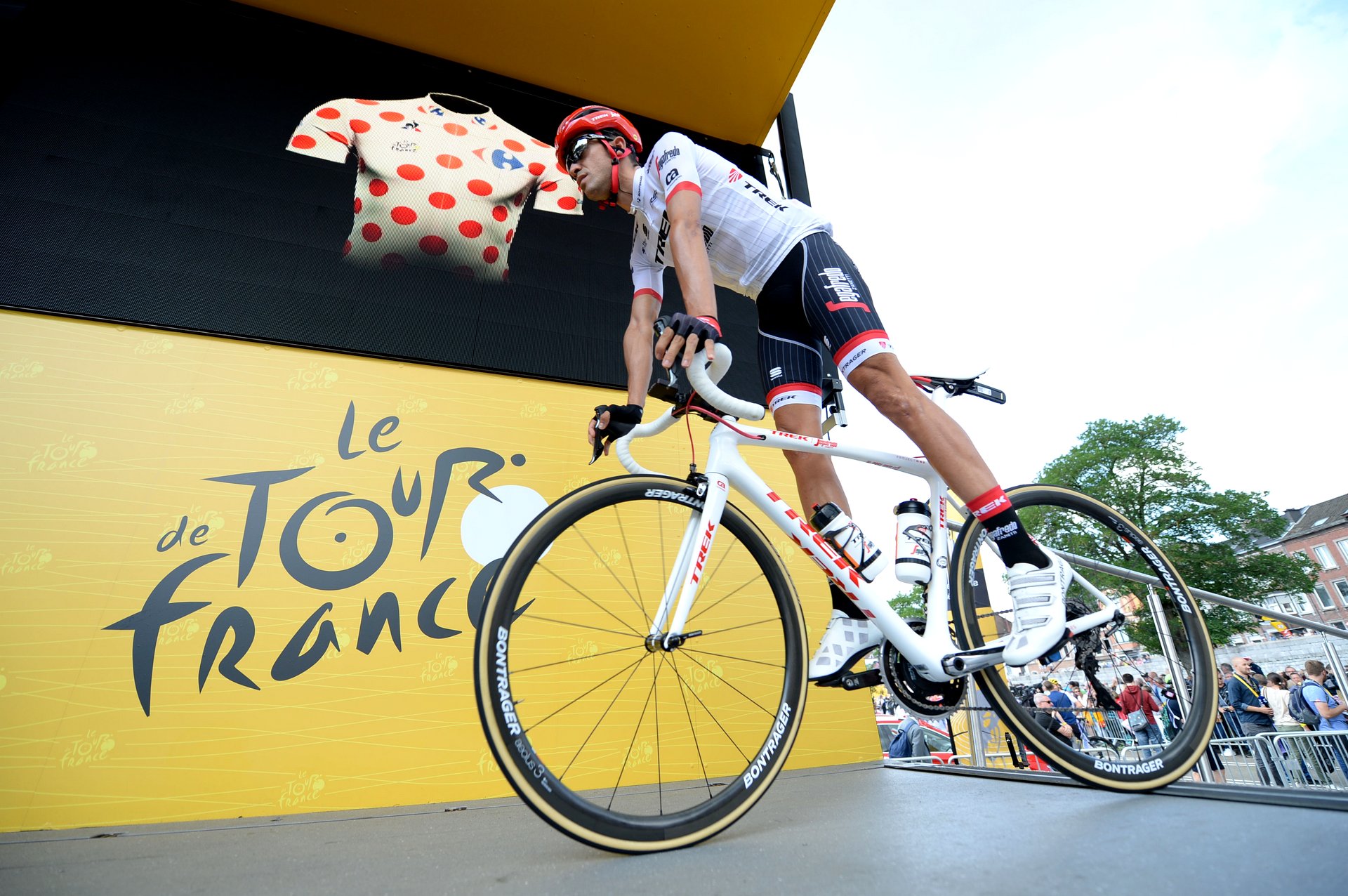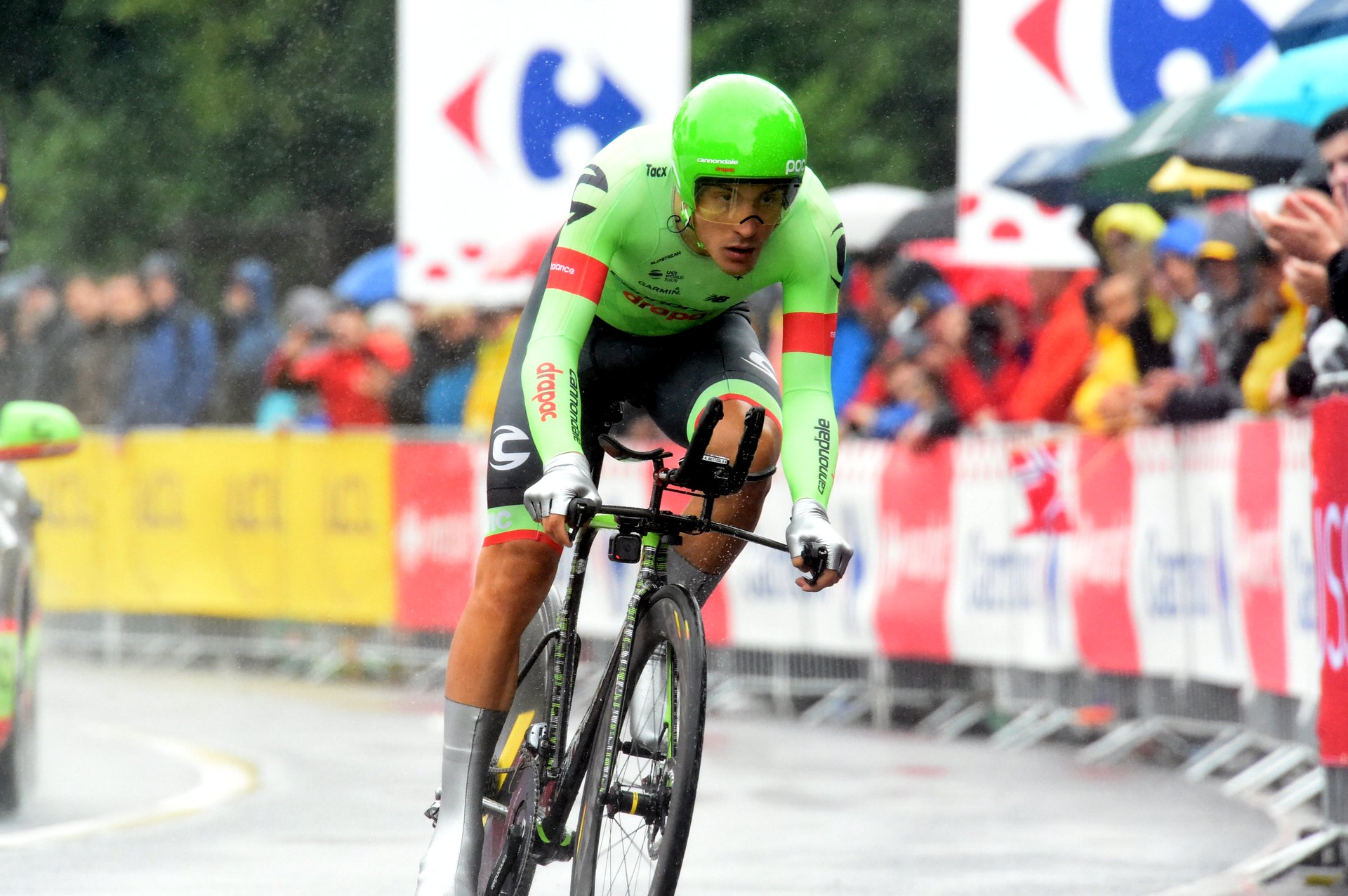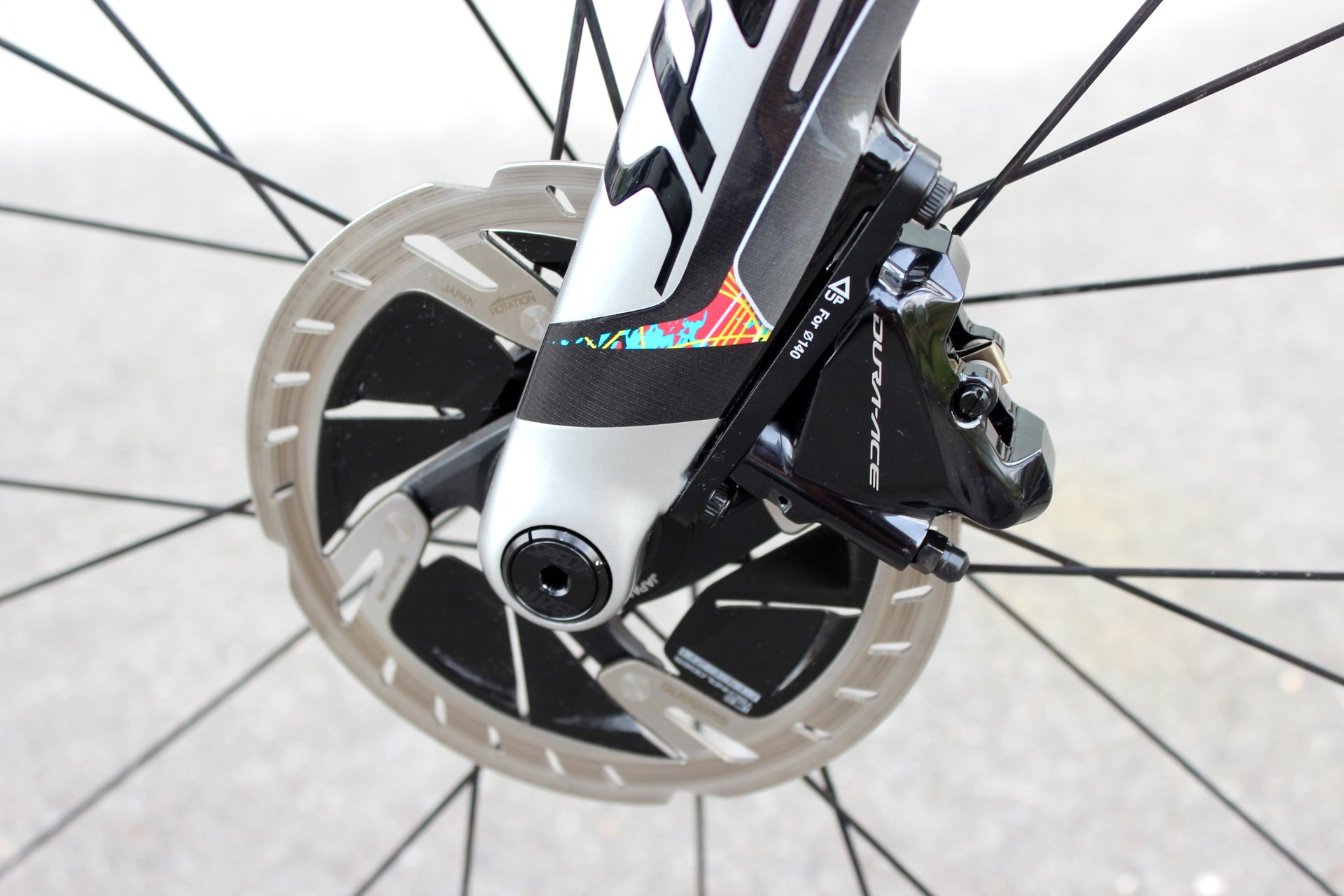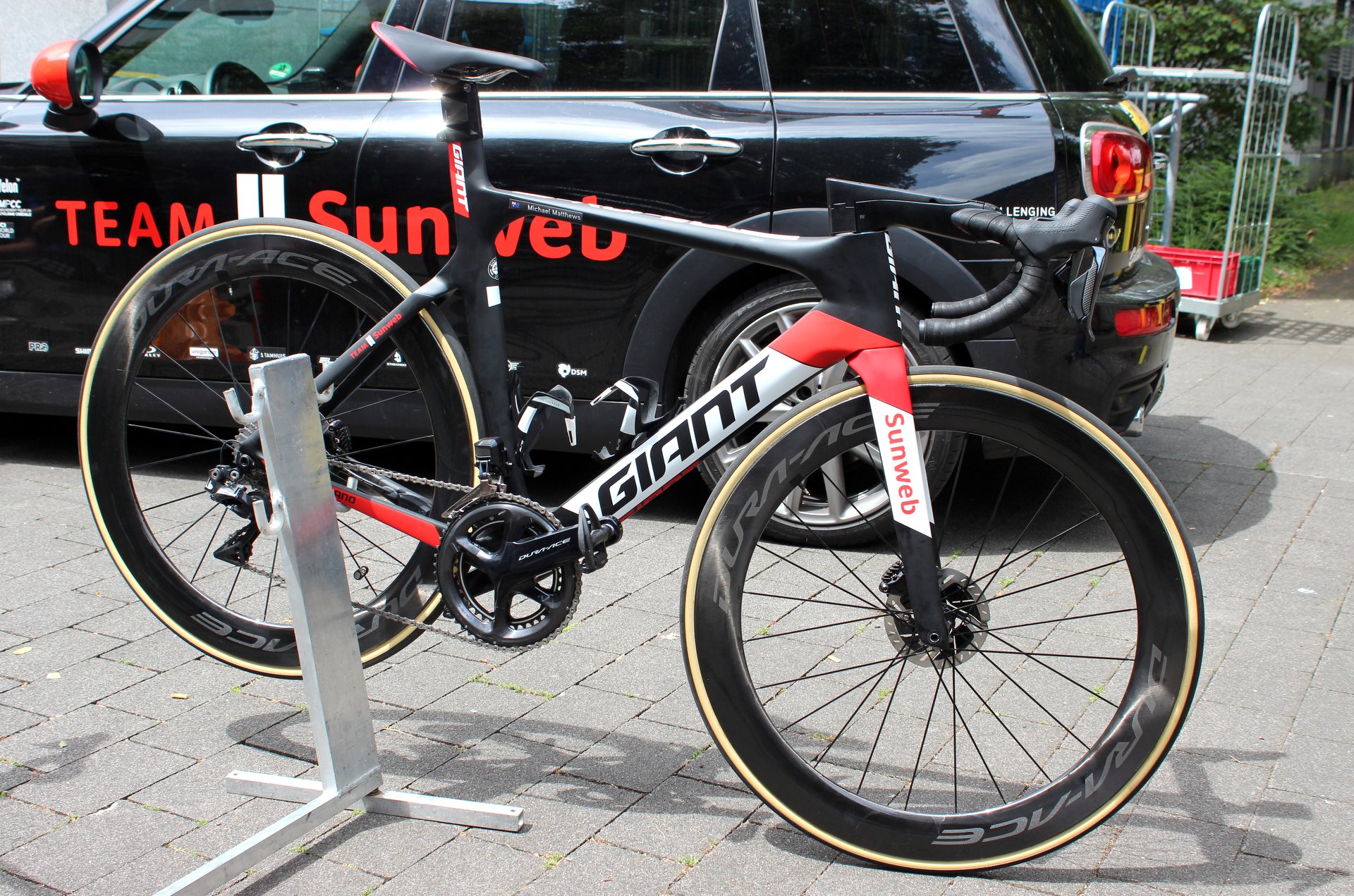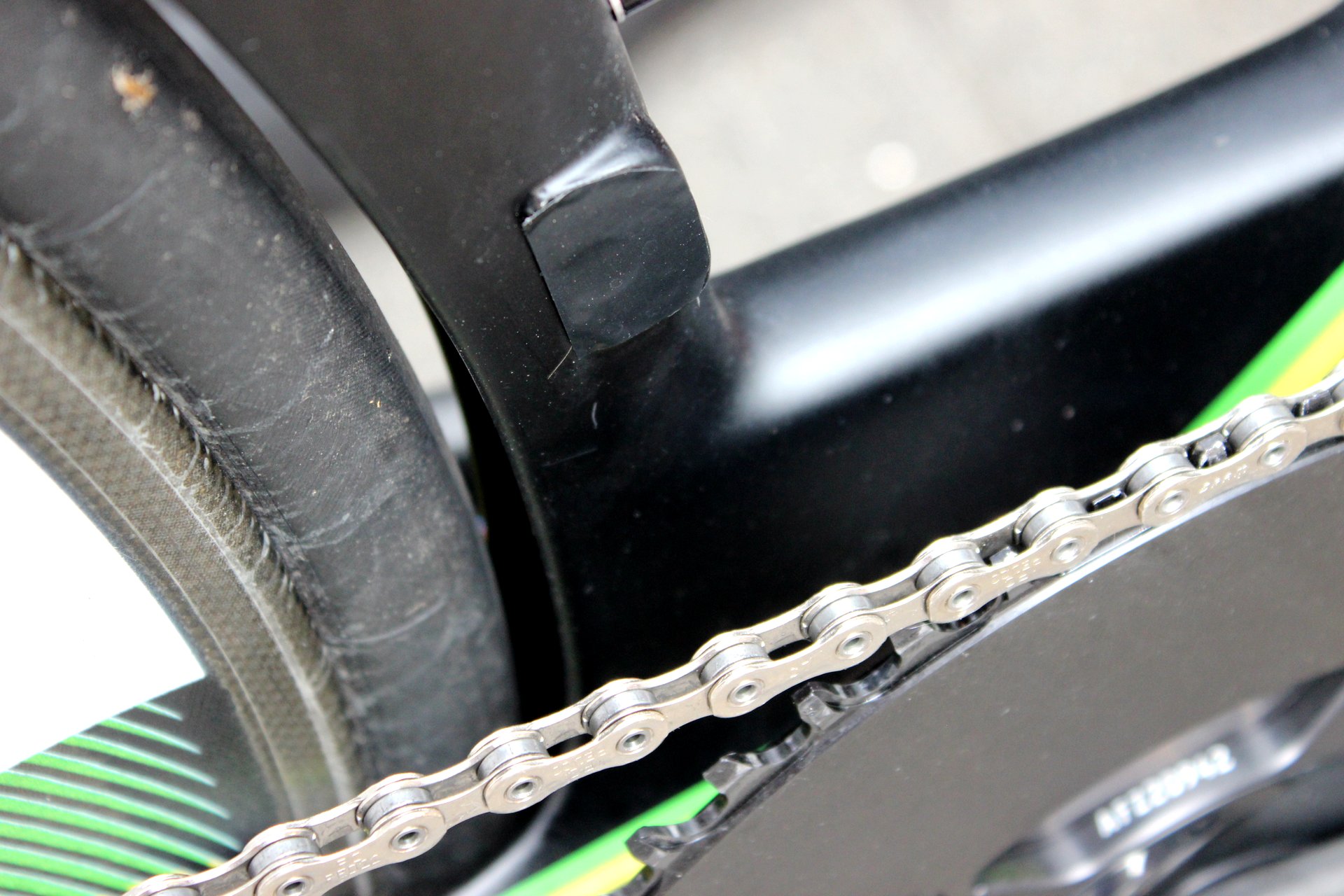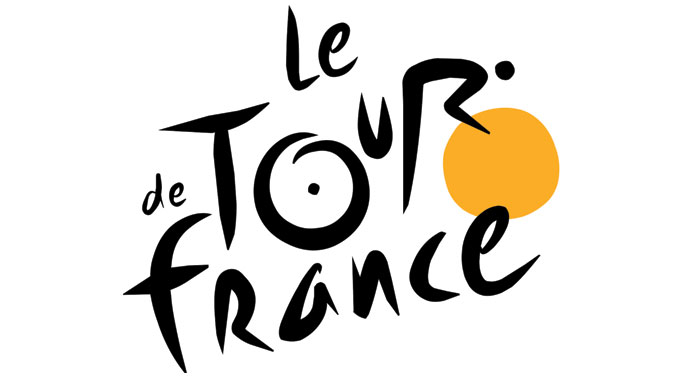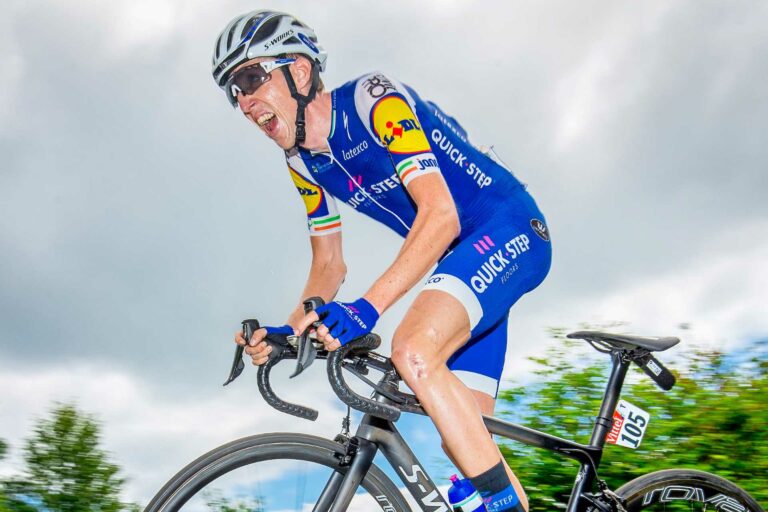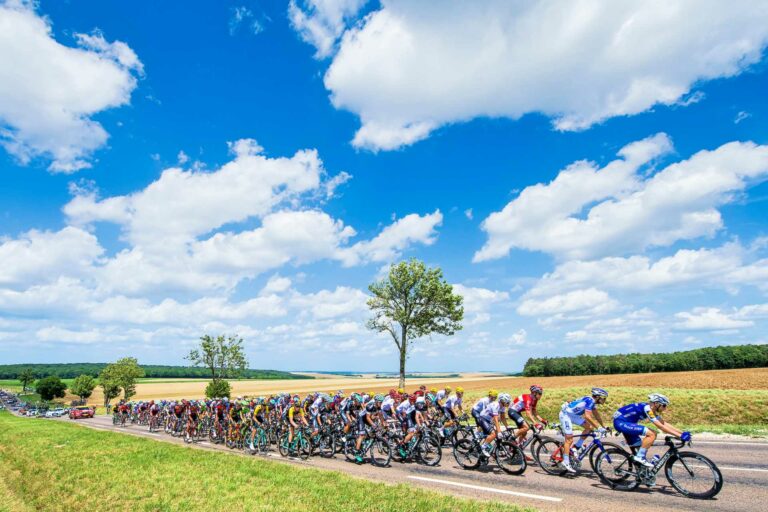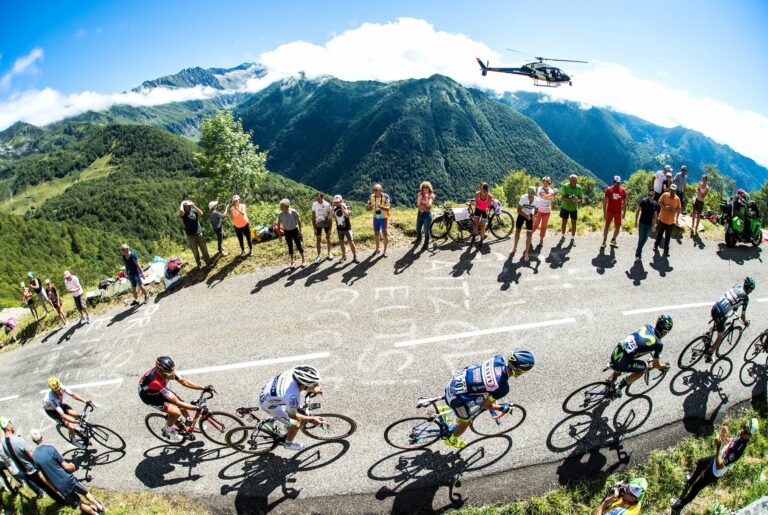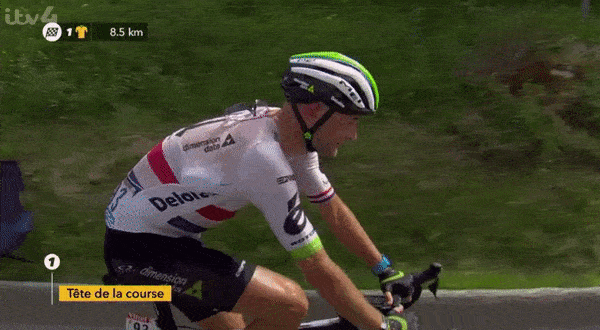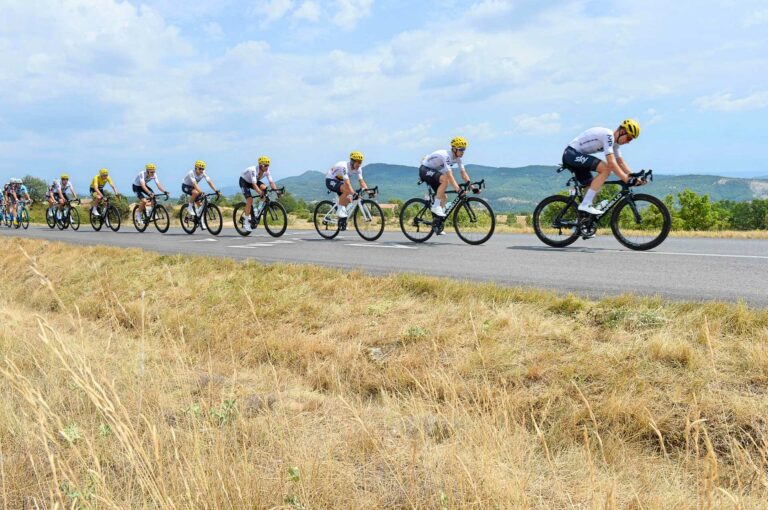The Tour de France gives us the chance to check out the latest tech from the very top level of professional cycling, from the fastest aero bikes to the lightest frames, via next-generation power meters and space-age components.
We’ve already shown you some of the top tech from this year’s Tour, including time trial bikes from the Dusseldorf Grand Depart, Shimano’s brand new power meter, custom bikes and kit, Marcel Kittel’s Specialized Venge ViAS Disc, Richie Porte’s BMC Teammachine SLR 01 and more.
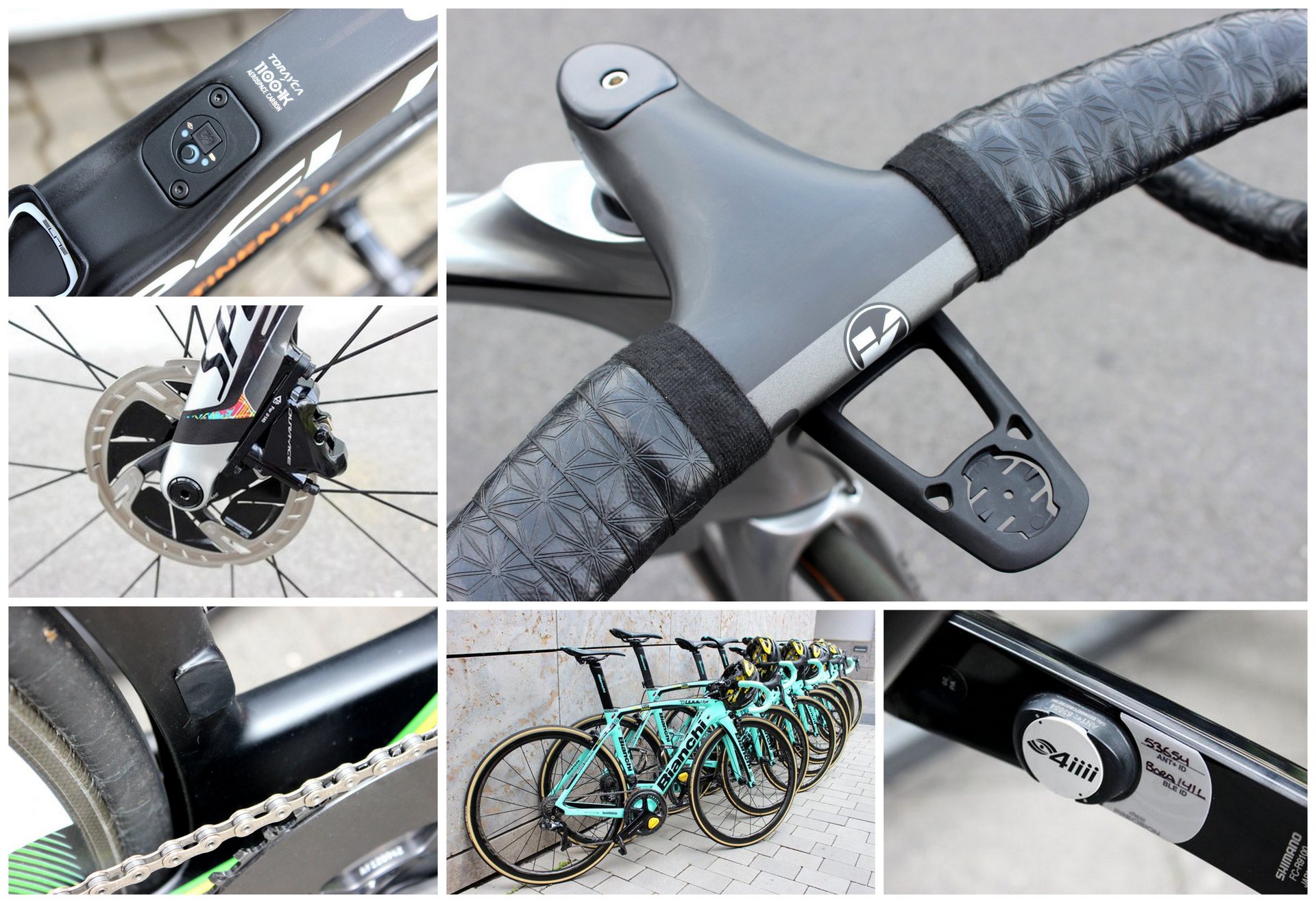
With professional cycling serving as a development and testing ground for the very best tech, what we see at the Tour de France this year will soon be in bike shops and should one day trickle down to a more affordable level.
So with that in mind, here are six tech trends from the 2017 Tour de France.
1) Integrated junction boxes
Integration has been one of the bike industry’s buzz words for a few years now. Of course, bikes like the Trek Madone 9-Series helped pioneer the idea of integration, with the American firm’s aero weapon dripping in proprietary tech, but 2017 has seen the idea of integration on road bikes become all the more common.
Typically the idea is to keep things clean, both in terms of aerodynamics and aesthetics. Achieve one and you’ll normally take care of the other. In the past, one obvious area where there’s been room for improvement has been with Shimano’s Di2 junction box which, despite the smart electronic tech involved in the groupset, has been strapped somewhat inconspicuously to an otherwise beautiful (in some cases, anyway) bike.

